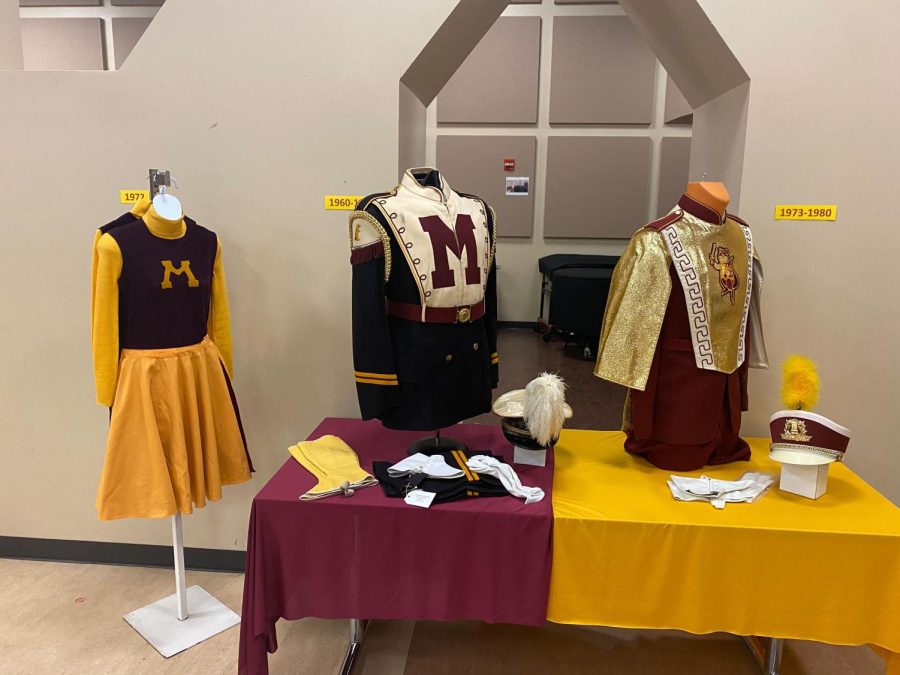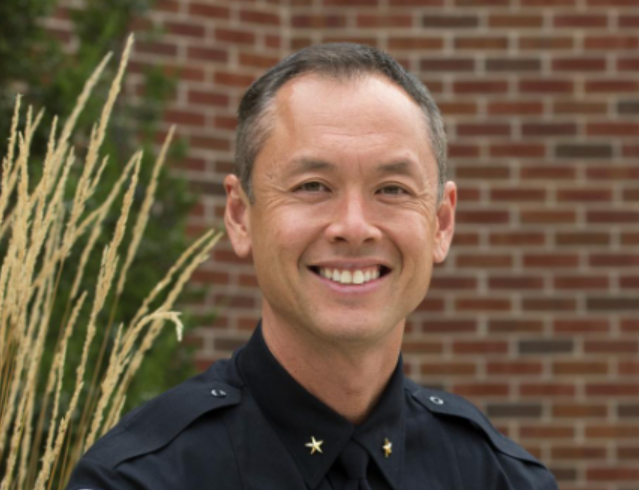Women from every era of the University Marching Band returned to the University of Minnesota to celebrate those who first fought to join 50 years ago.
On Friday the University hosted a tour of Huntington Bank Stadium and the marching band facility, invited alumni to watch a marching band rehearsal and presented historical videos and photos dating back to before women were first included in the marching band.
After, a panel of seven band alumni discussed the legacy and trials of those who fought to participate before Title IX prohibited any sex-based discrimination at federally funded schools and universities in 1972.
“I’m really grateful to have these people who have worked so hard and gotten to a place where I can feel welcome,” said Eleanor Muzzy, a senior baritone player in the marching band.
When women first joined the band in 1972, the band did not provide enough uniforms for them, so many were limited to being dancers and flag holders, according to Emily Threinen, the University’s director of bands.
The following year, with redesigned uniforms for both the men and women, Vicky Teich, a freshman at the time, marched along with about 30 other women who joined the 200-strong band. Teich admitted she had a lot to learn when she first started.
“I didn’t know beans about marching,” Teich said. “I was the cat’s pajamas in my little town, but once I got to the University, I didn’t even know the difference between a B flat and an F scale.”
Along with about 200 other female marching band alumni and their families, Teich went onto the football field during Saturday’s game to be honored during the halftime show.
“I almost cried,” said Maggie Hermanson, a junior clarinet player who played in the halftime show. “It was really great music, it was a great message, there were tons of people on the field. Definitely the best halftime I feel like we’ve had this year.”
Ariel Huntsinger, another clarinet player, hadn’t realized before hearing about the anniversary celebration that only a few decades ago, women were not allowed to be band members.
“Something that’s really great is that now it doesn’t feel like anything special,” Huntsinger said. “There’s no special connotation behind it. We are all just another member of the band.”
Threinen, as the director of bands and a music professor, sees things a little differently as someone who has worked in the music industry since she graduated from the University in 1999. She said in the past, she has faced concerns that she was hired for certain roles just because she is a woman.
“Right now, the question that I ask myself in my own professional career — because a lot of programs and institutions are sensitive to identity and gender politics — is did I actually earn this?” Threinen said.
However, Threinen said she has never seen or heard about gender-based bias over her last seven years leading the University’s bands.
Claire Pitrof, a sophomore leader of the trumpet section, said she is proud to have the power to help create an inclusive environment for all people in the marching band.
“It’s been a really cool experience to go through and make the band a more comfortable space for women,” Pitrof said. “It makes me very grateful for the women who kind of pioneered it and went through that initial period of time where they had to advocate for their equal participation.”
Although Pitrof said she has had a positive experience in the band since she joined last year, she still feels more equal representation is needed in higher leadership positions like drum major or block captains.
“It is still pretty male-dominated, so there definitely are times and events in the band and in our section where I feel a little bit out of place or like my leadership isn’t taken as well as some of the male leadership,” Pitrof said.
One of the more recent milestones for women in the marching band was the 2016 appointment of Betsy McCann as the first female marching band director in the Big Ten Conference.
“How lucky we are to have McCann as the leader of our band and Threinen as our director of bands,” Pitrof said. “To see not only that we are making progress, but that we have women in charge in physical positions to show that change has been made in the last 50 years.”













